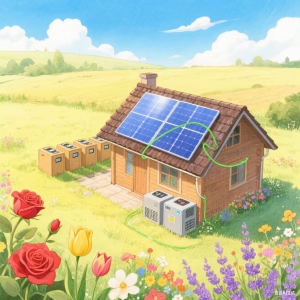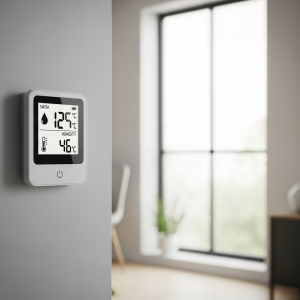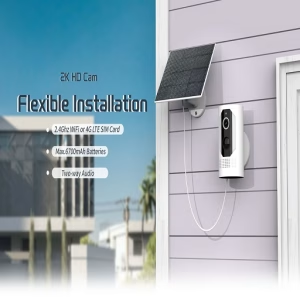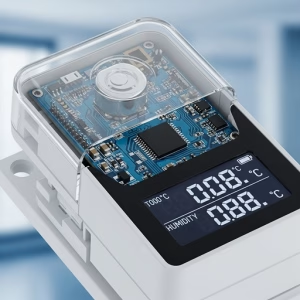5G Industrial Routers vs. Ordinary Routers: A Comprehensive Guide for EU Businesses
Why Industrial-Grade 5G Solutions Are Critical for IoT and Smart Manufacturing
Introduction
In the era of Industry 4.0 and IoT-driven automation, reliable connectivity is the backbone of operational efficiency. While ordinary routers dominate household and small-office environments, 5G industrial routers are rapidly becoming indispensable for industrial applications. For EU businesses navigating smart factories, energy grids, or logistics systems, understanding the differences between these two categories is crucial. This article explores the technical, functional, and operational distinctions between 5G industrial routers (like the NR120) and ordinary routers, tailored to EU regulatory standards and industrial needs.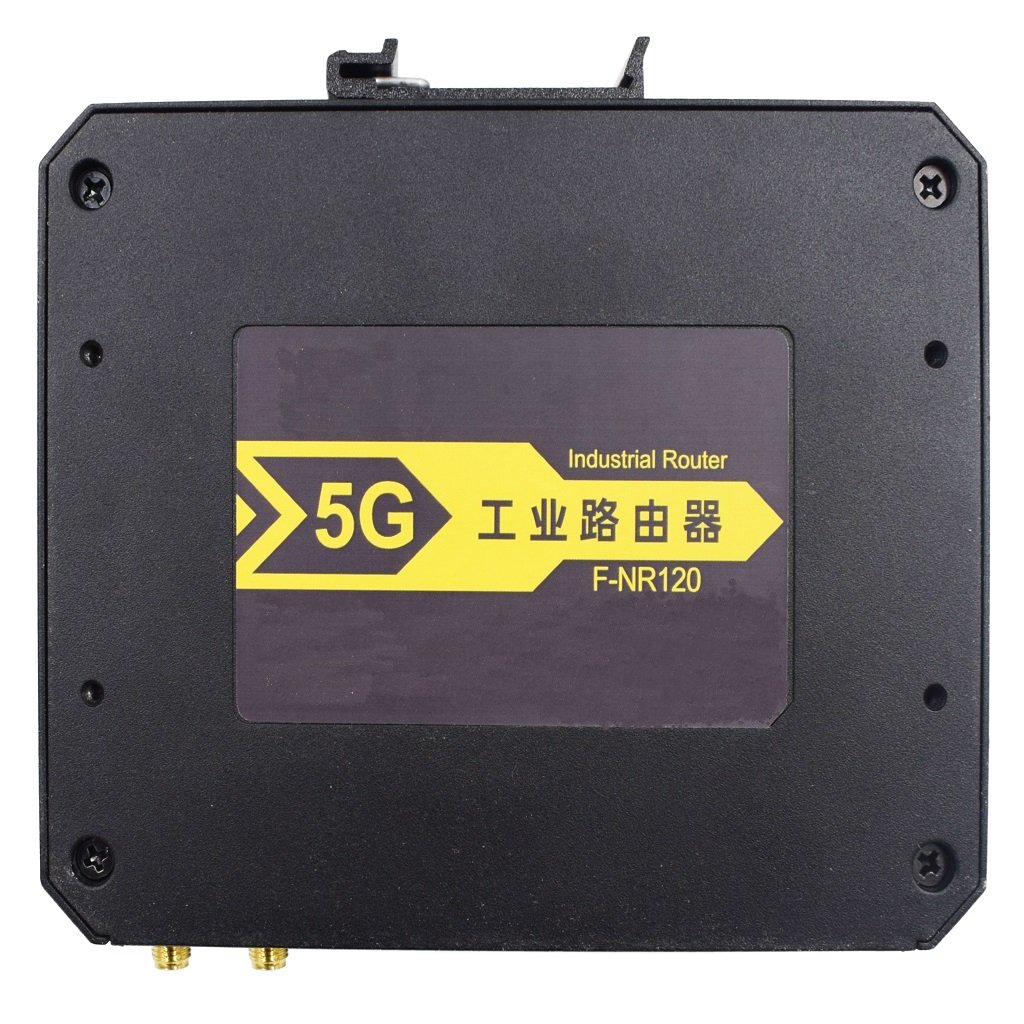
1. Design and Durability: Built for Harsh Environments
Industrial routers are engineered to withstand extreme conditions, a stark contrast to consumer-grade devices.
- Robust Construction: The NR120, for instance, features a metal outer shell with IP30 waterproof and dust-proof protection, ensuring resilience in environments exposed to moisture, vibrations, or temperature fluctuations211. Ordinary routers, often housed in plastic, lack such durability and fail in industrial settings like factories or outdoor installations.
- Wide Temperature Tolerance: Industrial routers operate seamlessly in temperatures ranging from -40°C to 75°C, critical for EU regions with harsh winters or high-temperature manufacturing zones26. Ordinary routers typically function within a narrow range (0°C–40°C), limiting their utility.
- EMC Compliance: Industrial models meet stringent electromagnetic compatibility (EMC) standards, minimizing interference from heavy machinery—a necessity for EU industrial compliance24.
2. Performance and Connectivity: Speed, Stability, and Scalability
5G industrial routers prioritize low latency, high throughput, and multi-device support, addressing the demands of IoT ecosystems.
- Dual-Band Wi-Fi and 5G Integration: The NR120’s 2.4GHz & 5.8GHz dual-band Wi-Fi ensures interference-free connectivity, while its 5G module delivers speeds up to 10 Gbps, ideal for real-time data transmission in smart factories711. Ordinary routers, optimized for basic browsing, struggle with high-density IoT deployments.
- Multi-Interface Support: Industrial routers include RS232, RS485, and Ethernet ports for seamless integration with legacy industrial equipment (e.g., PLCs, sensors)810. Consumer routers lack these specialized interfaces, limiting their use in M2M (machine-to-machine) applications.
- Dual SIM and Network Redundancy: Features like dual SIM slots and WAN/LAN failover ensure uninterrupted connectivity—critical for EU industries reliant on 24/7 operations27.
3. Security and Compliance: Meeting EU Standards
Data security and regulatory adherence are paramount for EU businesses, especially under GDPR and NIS Directive frameworks.
- Advanced Encryption: Industrial routers like the NR120 incorporate VPN, firewall, and AES-256 encryption, safeguarding sensitive operational data from cyber threats210. Ordinary routers often lack enterprise-grade security protocols.
- Edge Computing Capabilities: By processing data locally (e.g., anomaly detection), industrial routers reduce reliance on cloud systems, mitigating data sovereignty risks—a key concern for EU manufacturers29.
- Certifications: Look for CE marking and RoHS compliance, ensuring adherence to EU environmental and safety regulations11.
4. Operational Efficiency: Remote Management and Longevity
Industrial routers excel in maintenance and lifecycle management, reducing downtime and costs.
- Watchdog Design: The NR120’s self-recovery mechanism automatically reboots during failures, ensuring stability in unattended environments like wind farms or remote substations810.
- Remote Configuration: Platforms like SD-WAN enable centralized management of distributed routers—essential for EU businesses with cross-border operations710. Ordinary routers require on-site troubleshooting, increasing operational costs.
- Extended Lifespan: Industrial-grade components (e.g., 32-bit processors) and MTBF (Mean Time Between Failures) exceeding 500,000 hours ensure longevity, unlike consumer devices prone to rapid obsolescence611.
5. Cost Considerations: Total Ownership Value
While industrial routers have higher upfront costs, their long-term benefits outweigh initial investments:
- Reduced Downtime: Network redundancy and durability minimize production losses—critical for EU industries facing stringent efficiency targets.
- Energy Efficiency: Support for PoE (Power over Ethernet) and dual power inputs lowers energy consumption, aligning with EU sustainability goals410.
- Scalability: Modular designs allow future upgrades (e.g., adding edge computing modules), avoiding complete system overhauls9.
Why the NR120 Stands Out for EU Markets
The NR120 Industrial Router exemplifies the strengths of 5G industrial solutions:
- Dual-Band Wi-Fi + 5G: Ensures compatibility with EU’s diverse 5G spectrum allocations (e.g., n78 band)2.
- Industrial IoT Integration: RS232/RS485 ports connect seamlessly with legacy machinery, bridging the gap between old and new systems8.
- GDPR Compliance: Local data processing and encryption align with EU data protection laws1011.
Conclusion
For EU businesses transitioning to smart manufacturing or IoT, 5G industrial routers are not merely an upgrade—they are a strategic necessity. With unmatched durability, security, and scalability, devices like the NR120 empower industries to harness Industry 4.0’s full potential while complying with regional regulations. In contrast, ordinary routers remain confined to low-stakes environments, unable to meet the rigorous demands of modern industrial ecosystems.

